In the mid to upper elementary students will be required to notice tiny details in text and then use those details to make complex inferences about characters, or setting, or theme. These skills are hard and often students who fall behind in reading have issues with making inferences. Over my time in working with students who struggle, I’ve realized that not only do they struggle with using those details to make the actual inference, but they struggle with simply noticing the details in text. One strategy that I’ve started using with students is to practice their “observation” skills first. What do you observe in the text? What do you notice? And I begin this process by first taking the text away and observing a picture. For example, take a look at this Norma Rockwell painting. Using only your skill of observation make a mental list of everything you see. Your list may start with things like: girl bench door two people in a separate room Once you list the obvious drill down even further. Zoom in to specific areas of the painting and get specific. For example if you zoomed in on the girl you might say: hair ribbon socks knees black eye But then we need to take it one step further. Let’s get descriptive about what we see in case we weren’t at first. messy hair untied ribbon slouchy stretched out socks bruised knees / bandaged knee black eye These are the details that will lead you to making inferences. (hair, ribbon, socks, and knees won’t allow you to make inferences that mean anything.) Now that you’ve spent some time noticing. Tell me what do you think is going on in the picture? This “thinking” part will be your inference. Think about the following questions:
This process is helping in getting kids to notice and observe the details first and then use those details to make logical inferences. Reading With Your Child This same process can be used to get young kids to start thinking higher level. For example, when reading a book to a young child pause on a page and ask some of the following questions: *What’s happening in this picture? or Oh no! What happened? *How does she feel? (If the child is able to correctly answer the question- follow it up with: You’re right. She’s sad. Look at her tears rolling down her face. Look at her lip puckering out.) Point out the “evidence” in the text to them. When they get older you will be able to ask them How do you know? *Why is she sad? *Is it daytime or nighttime? How do you know? Yes it’s nighttime. Look at how dark it is. The moon is out. The moon comes out in the night time and the sun is out in the day time. *What’s going to happen next? Simple questions like this can help young children develop vocabulary and higher level thinking skills. Some great books for making inferences with young children are wordless/nearly wordless board books such as the David books and the Carl books. However, any page of a book can work. Comments are closed.
|
We are so excited to be mixing things up at CBA, beginning with some delicious additions to the Blogfish. Meet our awesome bloggers!!
Here's our lineup: 1st Mondays begin with former school psychologist Dr. Debra Collins who will be writing about Social emotional Learning in kidlit and behind the scenes as well as Jewish children's books. 2nd Mondays will feature super smart Melissa Stoller whose career is taking off with several new books. 3rd Mondays will feature our new blogger coming soon. 4th Mondays features new blogger, the fabulous Brentom Jackson, who has a beautiful approach to blogging. And 5th Mondays we'll be taking a break Archives
July 2024
|
|
Discover
|
About Us
|
Join Us
Join our Community and receive a fabulous free gift, KidLit tips, newsletters, scholarship info, contests, and more!
Join our KidLit Mentorship |
Social Media
Interact with our FaceBook Group or follow us on:
|
© 2010-2024 All content on this website is copyrighted. Sorry, all courses are non-refundable.
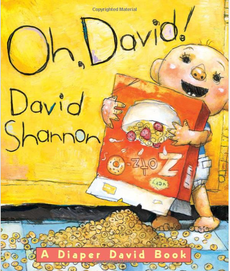
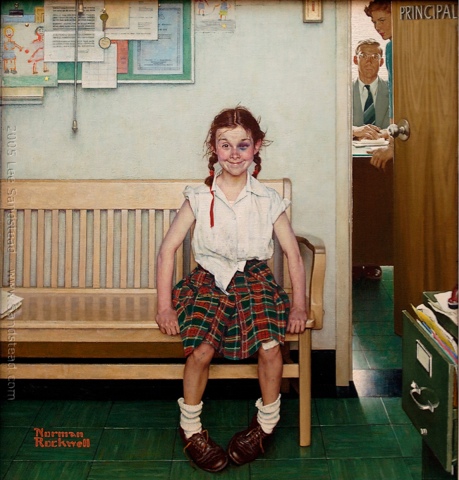
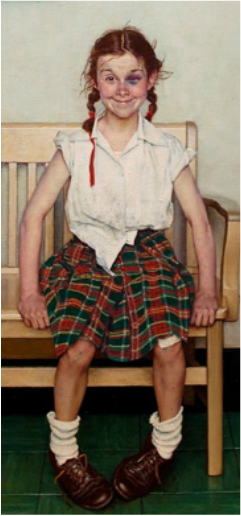
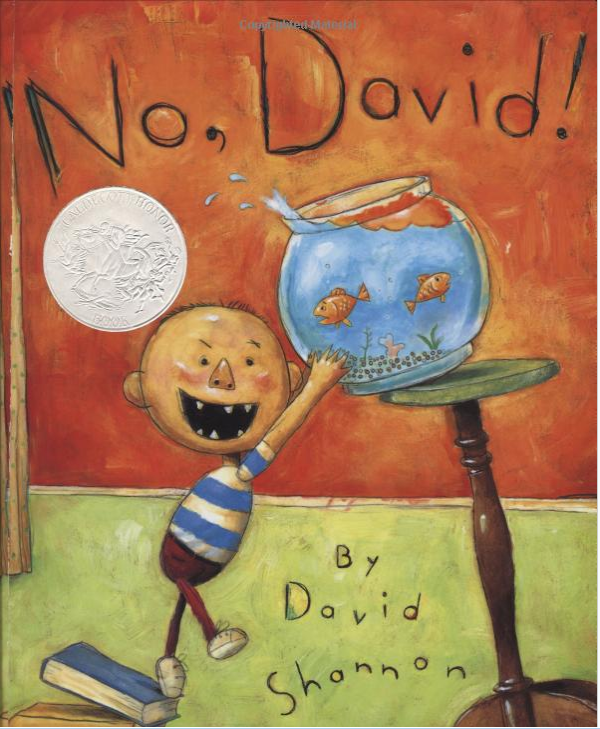
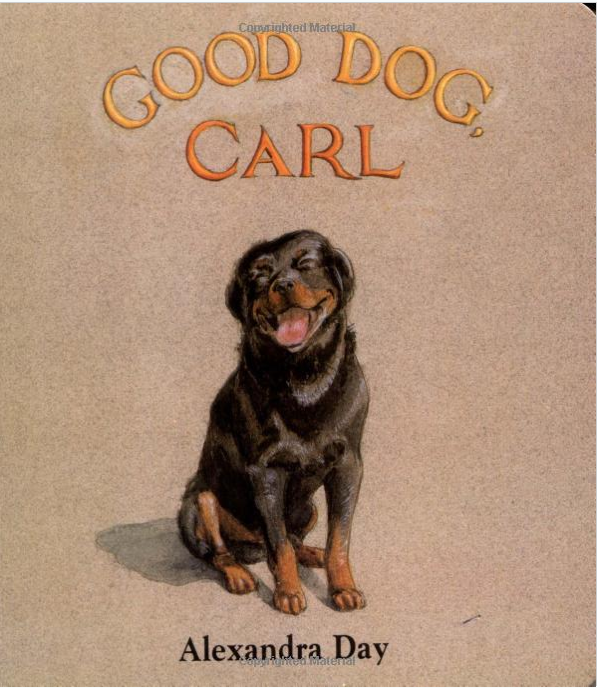
 RSS Feed
RSS Feed
